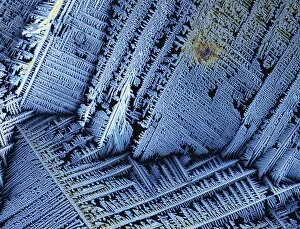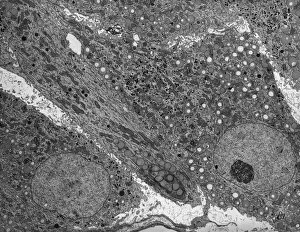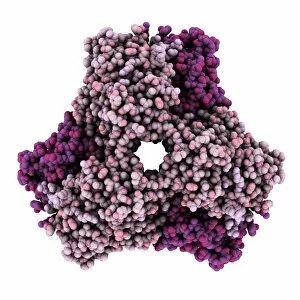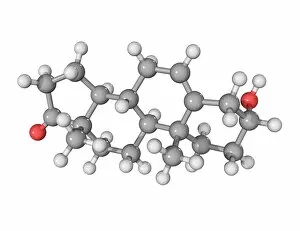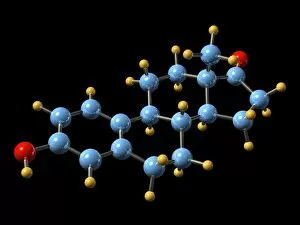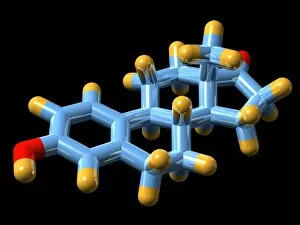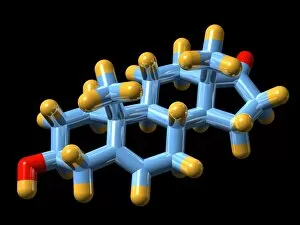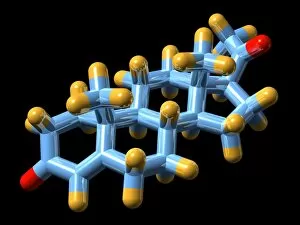Oestrogen Collection
"Unlocking the Power of Oestrogen: Exploring Menopause and Female Hormones through Art" This captivating conceptual artwork delves into the intricate world of oestrogen
All Professionally Made to Order for Quick Shipping
"Unlocking the Power of Oestrogen: Exploring Menopause and Female Hormones through Art" This captivating conceptual artwork delves into the intricate world of oestrogen, a vital hormone in the female body. As women approach menopause, their oestrogen levels fluctuate, leading to various physical and emotional changes. The image showcases the molecular structure of methylparaben, a compound often used in skincare products that can mimic oestrogen's effects on the body. This highlights how external factors can influence our hormonal balance. Moving deeper into this fascinating realm, we encounter oestradiol – one of the primary forms found in females. Its presence is crucial for regulating menstrual cycles and maintaining reproductive health. Through electron microscopy, we witness an up-close view of corpus luteum – a temporary gland formed after ovulation. This microscopic marvel produces progesterone alongside oestradiol to prepare the uterus for potential pregnancy. Further exploration reveals stunning light micrographs capturing corpus luteum within the ovary. These images showcase its intricate structure and emphasize its role as a key player in female fertility. Returning to molecular imagery, we observe different views of oestradiol under polarized light microscopy (PLM). These vibrant visuals highlight its diverse forms while reminding us of its significance as a powerful female sex hormone. Finally, we encounter progesterone – another critical hormone involved in regulating menstruation and supporting pregnancy. The molecule's elegant design reminds us that hormones are complex yet essential messengers within our bodies' intricate systems. This collection invites viewers to appreciate both scientific beauty and biological complexity by exploring menopause and understanding how these hormones shape women's lives. It serves as a reminder that embracing our unique hormonal journey empowers us to embrace all aspects of womanhood with grace and strength.



